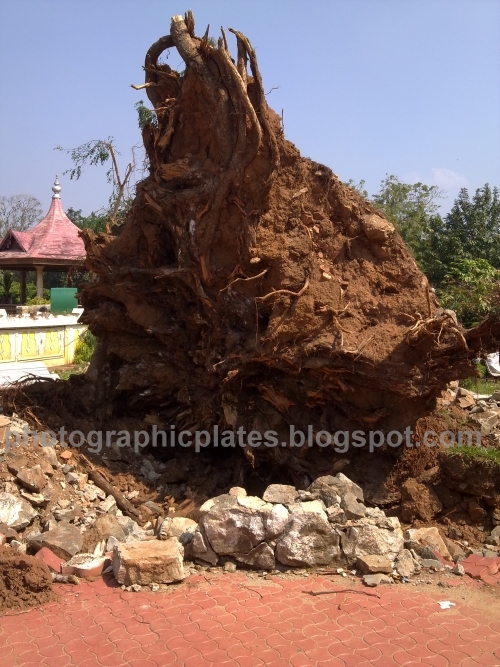The Azhimala Rockcut temple located near Vizhinjam in Trivandrum is one with an immense historical significance ,but whose importance and uniqueness isn't well known to the general public at large . This temple is one of the only two rock cut temples currently known in southern Kerala the other being the Madavoorpara temple also in Trivandrum district . This temple was constructed by the Ay Kings who originally ruled the Venad Kingdom before the establishment of the current Kulashekara Dynasty by the Southern branch of the Kolathiri Family of Kannur. The place name itself suggests that the hill on which it stands was the head quarters of the Ay Dynasty - Azhi -Mala ("Hill of Ay").
There were reports in newspapers about the discovery of ruins of fort and recovery of burnt ships from the Vizhinjam Harbour that could possibly have been as a result of the well documented Chola Invasion of
Kandalur War.
This is a centrally protected monument under the control of Archaeological Survey of India since 1965.
 |
| Tri-lingual signboard of ASI |
 |
| Path leading from the Vizhinjam road to the shrine |
The temple which seems to be incomplete (possibly due to some Chola/Pandyan Invasion) consists of a cell having an independent seated idol of Dakshinamurthi that is datable to 8th century AD .The two sides of the cell have the sculptures of Tripurantaka and Shiva as Nataraja with Parvati standing close to him.
 |
| Façade of the shrine |
 |
| Tripurantaka Sculpture |
Tripurantaka carrying a bow and arrow in two of his four hands is a fine example of the 8th century sculptural art . His left foot rests on Apasmara , the crown of hair elegantly carved as a high head dress and is highly ornate .It is interesting that different forms of Tripurantaka had evolved at such an early stage . This representation is a precursor of a similar type in metal during the time of Rajaraja- I .
 |
| Unidentified possible Yakshas or Yakshini figurines at the pedestal of the Tripurantaka sculpture |
 |
| the incomplete Shiva and Parvati figurines on the right flank of the central cell. |
 |
| "Key Hole" |
 |
| Dakshinamurthy |
 |
| remnants of the unfinished project |
 |
| side view of the rock |
 |
| back of the rock |






















































